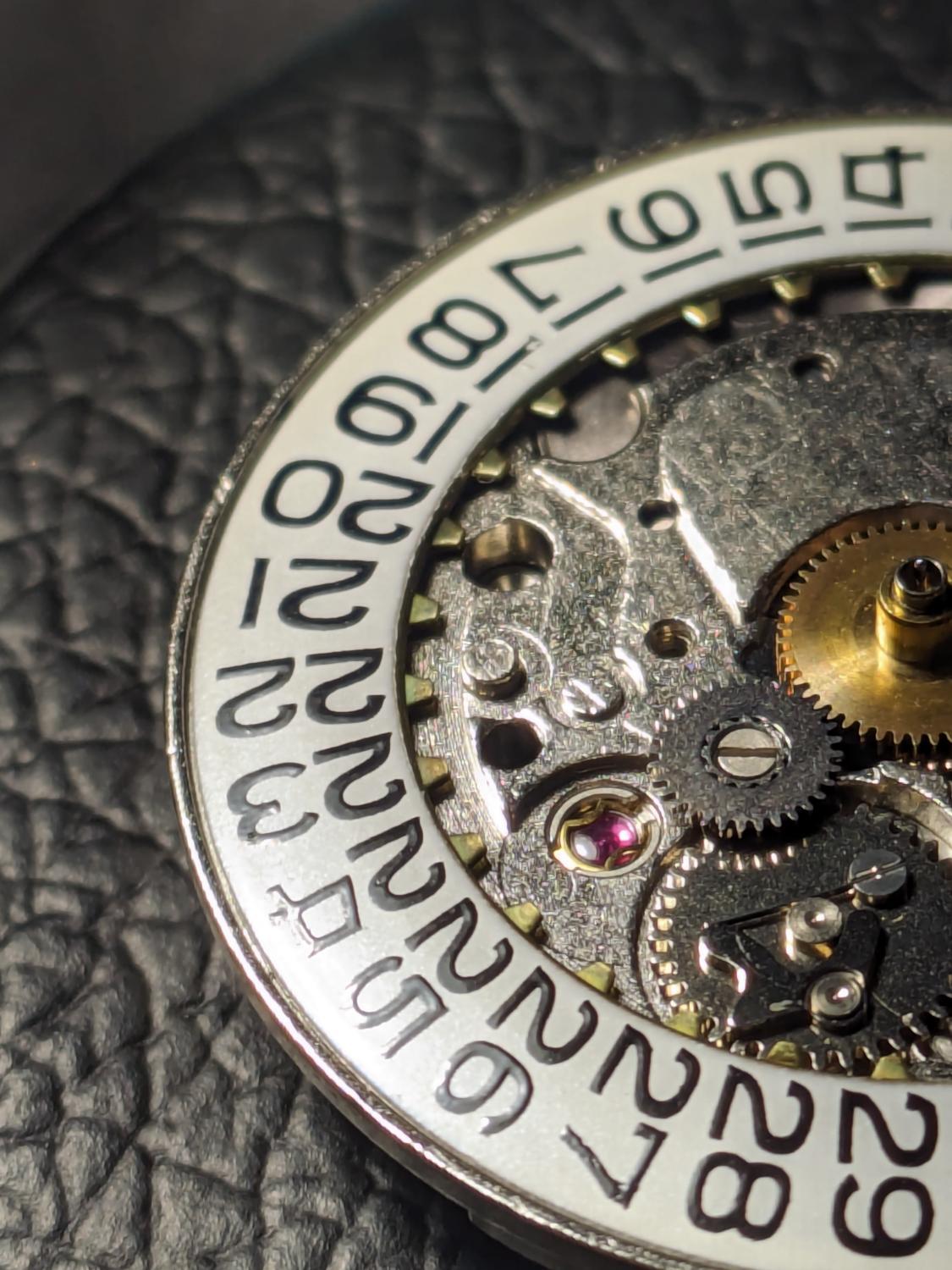Amplitude calculation formula
-
Recently Browsing
- No registered users viewing this page.
-
Topics
-
Posts
-
By steve1811uk · Posted
So that's what that side of the tool is for 🙂 -
Thanks again Andy. I'm now on the hunt for suitable piece spring steel or a trashed watch with a clicky bezel to rob and modify to fit.
-
…only because I miss the flow of watch pics here’s one from my bin I buttoned up today…Rollie only in name- one of those fhf 30 deals. The movement cleaned up nice and shiny. About as simple as they come…
-
Oh man that Chung lathe is amazing. Unrelated: if anyone needs a kidney I know where one can be had….
-







Recommended Posts
Join the conversation
You can post now and register later. If you have an account, sign in now to post with your account.
Note: Your post will require moderator approval before it will be visible.